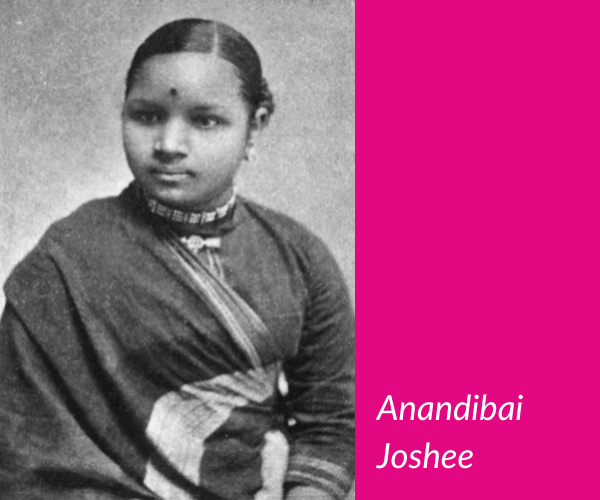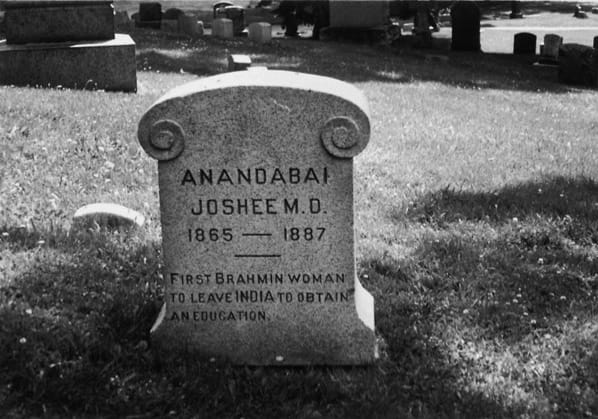Anandibai's Favorite Flower 🌹
One spring morning in 1880, Mrs. Theodocia Carpenter of Roselle, New Jersey, sat leafing through a stack of magazines in her dentist’s waiting room when she came across The Missionary Review of Princeton.
She was surprised to read a letter written by Gopal Joshee of Kolhapur, India, describing his desire to bring his fourteen-year-old wife, Anandibai, to the United States to pursue her medical education.

Moved by what she read, Theodocia decided to pen a response, despite not being certain that her letter would ever actually reach Anandibai.
“When I read the heart-rending letter your husband wrote . . . and when I saw the yearning and efforts to obtain an education, and your strong desire to progress further than your countrywomen and to help them improve themselves, my heart went out to you . . .”
But miraculously it did, and Anandibai and Theodocia struck up the unlikeliest of friendships by writing letters back and forth across thousands of miles.
When Anandibai arrived in the U.S. in 1883 to fulfill her dream of becoming a physician, it was Theodocia Carpenter’s residence in New Jersey where she first stayed and that soon became her “home away from home.”

On September 3, 1883, Anandibai filled out a questionnaire—a “mental photograph,” as she called it—listing many of her favorite things.
Her favorite color? “White.”
Flower? “The Rose.”
Tree? “The Mango.”

Three years later, Anandibai graduated from the Woman’s Medical College of Pennsylvania, becoming the very first South Asian woman physician in the entire world.
Tragically, her life was cut short. In 1887—less than one year after graduating and soon after returning to India to work as a doctor—she died of tuberculosis.
Anandibai’s body was cremated, and her ashes were sent back to the U.S. to be buried in Theodocia Carpenter’s family plot in Poughkeepsie, New York.
“Alas! What sorrow is ours, who knew and loved her?” Theodocia wrote.

While Anandibai was unable to fully make her mark as a physician, her story of resilience and overcoming the odds has been an inspiration for many others.
And thanks to the “mental photograph” she provided, the letters she wrote, and the documentation we have of her life, we know many rich details about who Anandibai was and her wants and desires even to this day, more than 140 years later.